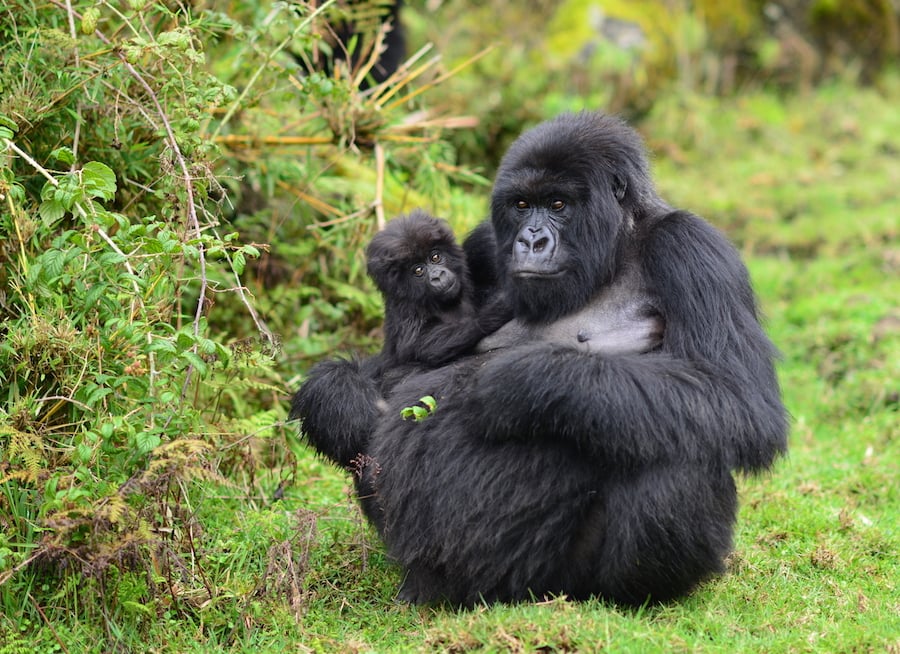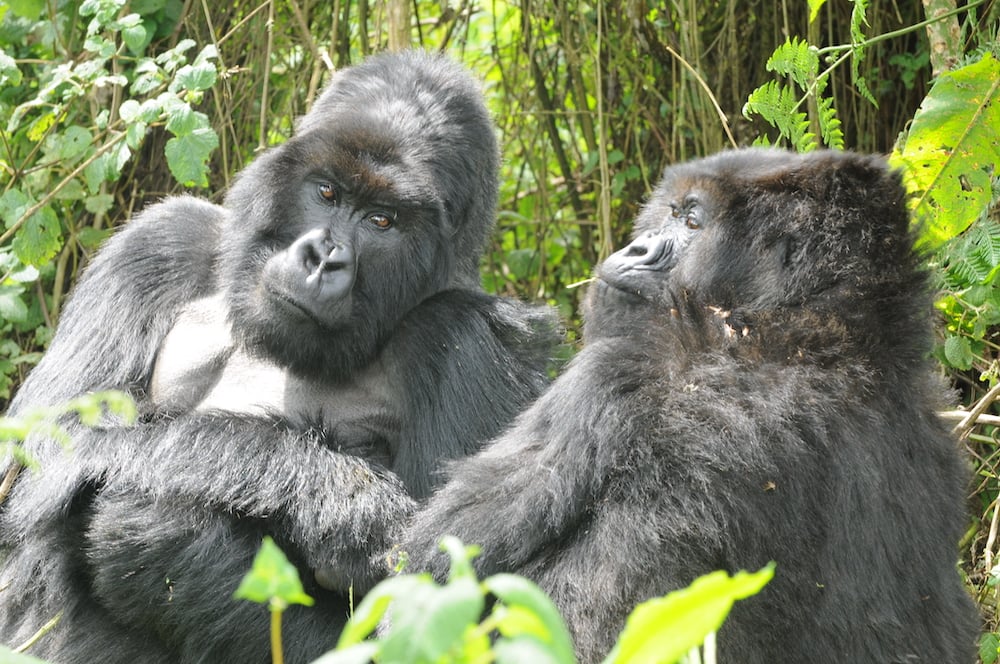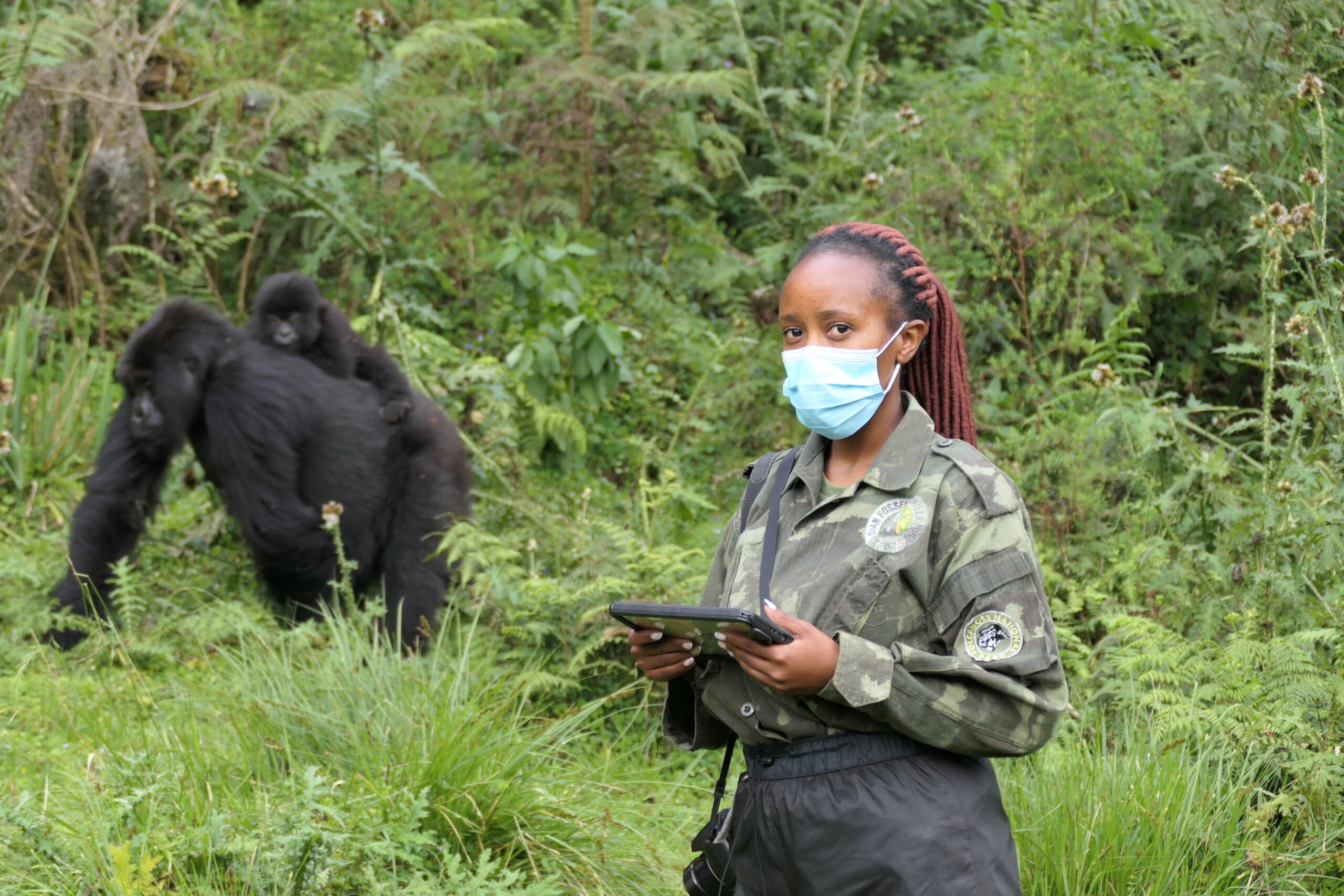The chest beats given by adult male gorillas reliably indicate their body size, a paper published in Scientific Reports found.
The gorilla chest beat is one of the most emblematic sounds in the animal kingdom, even working its way into our informal speech signifying overblown advertisement of one’s own achievements. However, until recently it was unclear what information gorillas were conveying when they gave these impressive displays. A team of international researchers show that chest beats reliably indicate the body size of the chest beater. Body size indicates competitive ability in gorillas. Therefore, this information is likely to be crucial for rival males as well as females in influencing mate choice.

Gorillas usually stand bipedally and rapidly beat their chests with cupped hands in rapid succession. Chest beating is a unique sound because is it not a vocalization, like frogs croaking, but rather a form of gestural communication that can be both heard and seen. The emanating drumming sound can be heard over one kilometer away. The presumed function of gorilla chest beats is to attract females and intimidate rival males.
Researchers recorded chest beats and used a technique called photogrammetry to non-invasively measure body size of adult male wild mountain gorillas monitored by the Dian Fossey Gorilla Fund in Volcanoes National Park, Rwanda. They found that larger males emitted chest beats with lower peak frequencies than smaller ones. In other words, chest beats conveyed information regarding the body size of the chest beater.

“The gorilla chest beat is one of those iconic sounds from the animal kingdom, so it is great that we have been able to show that body size is encoded in these spectacular displays,” says Edward Wright, the first author of the study from the Max Planck Institute for Evolutionary Anthropology in Leipzig, Germany. Body size is a key attribute in many animals, often reflecting fighting or competitive ability. Previous research by this team showed that larger males were more socially dominant and more successful in terms of reproduction than smaller males.
“Conducting this study was challenging because the chest beats are relatively short in duration and we needed to be in the right place at the right time to obtain the sound recordings, while at the same time staying clear of these large, powerful animals,” says co-author Eric Ndayishimiye, research assistant with the Dian Fossey Gorilla Fund.

Rival males are likely to attend to the body size information transmitted in chest beats, as it allows them to assess the competitive ability of the chest beater, helping them decide whether to initiate, escalate or retreat in aggressive contests with others. Females, on the other hand, are likely to use this information in their choice of potential mates.
Interestingly, the researchers also found a great deal of variation among males in both the number of beats comprised in a chest beat as well as the duration of the chest beat. “This hints at the possibility that chest beats may have individual signatures, but further study is needed to test this,” says Wright.
For further information please contact:
Dr. Edward Wright
Max Planck Institute for Evolutionary Anthropology
edward_wright@eva.mpg.de
Dr. Martha Robbins
Max Planck Institute for Evolutionary Anthropology
robbins@eva.mpg.de
Donna Gorman
Dian Fossey Gorilla Fund
dgorman@gorillafund.org
Institutions involved in the research:
Max Planck Institute for Evolutionary Anthropology; Leipzig, Germany
Dian Fossey Gorilla Fund; Atlanta, Georgia, USA
Goethe Universität; Frankfurt am Main, Germany
Department of Anthropology, Center for the Advanced Study of Human Paleobiology, The George Washington University; Washington, D.C., USA
Department of Clinical Psychology and Psychobiology, University of Barcelona; Spain






